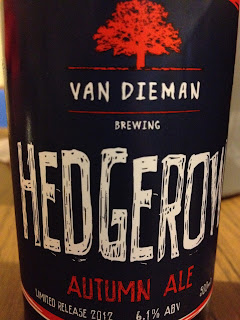Adjusting the levels of minerals in the water helps brewers achieve optimal flavour in their beer. This is my first attempt to understand how it all works. My problem is that I have difficulty when things get beyond the most basic science. At school I shunned physics for english and chemistry for history. Foolish I know. Even a basic level of chemistry would be really useful right about now.
 |
| My plan |
Calcium is good for people
and beer. It lowers the mash pH level, helps the enzymes do their biz in the mash, reduces colour formation during the boil, nourishes the yeast, helps the yeast flocculate and helps beer clarity and flavour stability. Calcium is pretty rocking stuff. Have
you told it how much you care about it lately?
According to what I've read, somewhere in the 50-150 parts per million is the correct range for calcium. My Goodwood water report says we're only rolling 11.2 ppm deep so it looks like my beer could do with some extra calcium love.
 |
| I'm all about the calciums, baby |
Bicarbonate on the other hand is good for your scones but not for your beer. It raises the pH level and makes it harder to acidify the mash, hinders alpha-amylase enzymes, slows the process of trub dropping out and increases the risk of contamination in the ferment. In hoppy beers it contributes a harsh bitterness but it reacts with dark malts to mellow out their harshness.
Word is that you want less than 15 ppm of this stuff in your water. My water report has a space where there should be a number. I've sent an email to find out what the deal is but I don't reckon there'd be heaps. We must remain vigilant however.
 |
| Is this right? I have no idea |
Both calcium and bicarbonate regulate mash pH which is important because a mash that's too alkaline pretty quickly shuts the action of the enzymes down. An acid mash isn't as much of a problem but it will also reduce the effectiveness of the enzymes. The range for mashing is 5.2-5.4 pH at mash temperatures. A mash on the alkaline side also blunts malt and hop flavours.
The colour of the malts used in the mash will also change the pH level. The darker the malt, the lower the mash pH. Dark beers will sometimes require bicarbonate to get the pH back up into the right range.
If you need to add calcium, then calcium sulfate (gypsum) or calcium chloride are your friends. Which one to use depends on the style of beer and what effect you're after.
Chloride is pretty much fine in any beer. An all-rounder. It highlights bitterness, mellows the flavour and makes for a more clear beer. 1-100 ppm is normal, up to 250 ppm for British Mild Ales.
Sulfate is the player in Burton water and helps out pale hoppy beers. Gives a dry, full flavour and a cleaner bitterness. You want less than 150 ppm if it's not a bitter beer but very bitter beers will happily go 150-350 ppm. IPAs, Pale Ales, German Pilsners are the kinds of beers we're talking about. Pale, dry, crisp beers is the thing.
Magnesium and
sodium can also be used but they don't seem to be as important and my attention span has expired. Magnesium is friendly with yeast and helps round out the flavours. It looks like my water is a little low on magnesium and adding a couple of grams would be a good thing.
It looks like my mash pH has probably been a little high for my pale beers. It also seems like I haven't been doing my hops any favours. Hopefully a proper dose of calcium chloride or sulfate will help my beers step up a notch.
I've plugged my Goodwood water numbers into the
EZ Water Calculator (which is awesome, by the way) and it looks like I'm going to need to add some calcium chloride and sulfate to every brew but it will vary depending on what effect I'm after. I should also add a couple of grams of epsom salts to get the magnesium into the proper range regardless of what I'm brewing.
I'm also going to get around to testing the pH of my mash. Sometime. Probably.
Want to read about this with less of my nonsense? These are the main things I read to work out what I have so far. Check the links for info of varying degrees of complexity.
1.
Key Concepts in Water Treatment by Tony Wheeler (This is gold and most of my summary is ripped from here)
2.
Chapter 15 of
How to Brew by John Palmer
3. Braukaiser.com on
how pH affects brewing and
mash pH control (This is gold also)















































